Media | Articles
5 photography skills to try in the New Year
The new year brings new resolutions, new aspirations, and new goals. If you enjoy photography, you may want to apply this forward-thinking to taking pictures in 2023. What better way to improve your craft than by attempting new shots and techniques the next time you’re at a car show, auto race, or meet-up?
Some of my favorite shots have been premeditated and planned months in advance. From my snowy perch in Northern Michigan, January is an excellent time to create a hit list for the next time I conduct a photoshoot or attend a race.
I’ve compiled an assortment of techniques that I tried to improve last year. As with our previous tutorial, it’s best if you shoot in a manual mode. This will allow you to adjust your shutter speed, aperture, and ISO independently of each other.
Underexposing
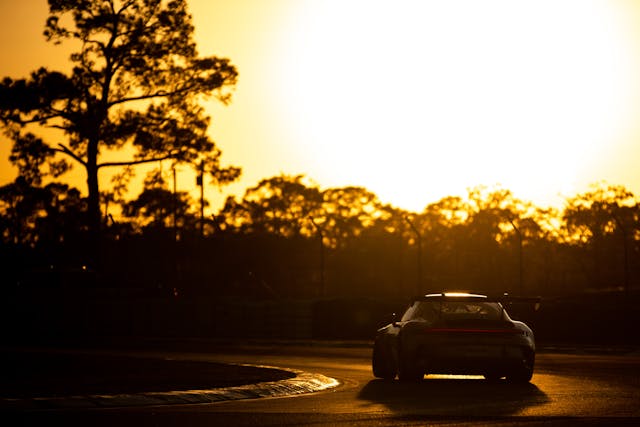
This shot is simple yet incredibly counterintuitive. Basically, you’ll want to aim your focus point at your subject vehicle. Rather than exposing for the entire frame, expose for the sky. This means that the metering in your camera will be far below zero (provided your focus point is on the car). In turn, your sky will be the appropriate brightness, while the car will be dark or completely black.
The toughest part of this shot is determining when it will be most effective. You’re using the silhouette or the reflections in the paint to convey the car’s presence. These shots seem to work best when the sun is low, the subject is backlit, and/or when there are minimal distractions on the horizon.
This also works for cars on track. Look for where the sun is reflecting in the pavement. Expose for the hot spot and as cars pass through it, take the shot.
Maybe you forgot to try this while shooting. If you use editing software, like Lightroom, for example, you can decrease the exposure there. You can also boost the silhouette effect by boosting highlights and increasing the shadows.
Flick shot
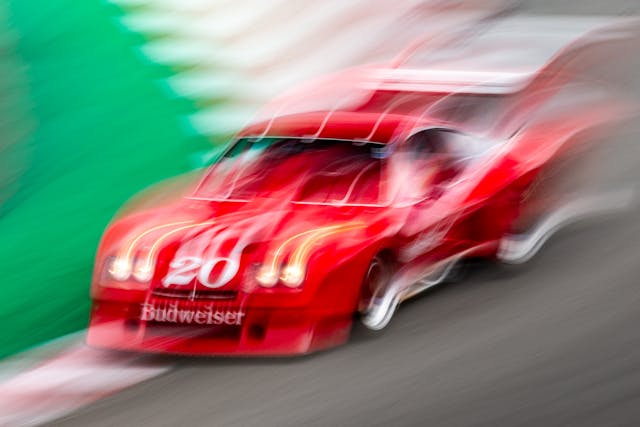
I’m not sure if this is the official title of this type of shot, but that’s what I call it. (If you have a better name, let me know in the comments.) You’ll want to set your camera up as if you were conducting a long-exposure pan shot. Also, you’ll want to make sure your velocity is set on “single frame.”
For my most successful flick shots, I’ve used a 1/4-second shutter speed and a corresponding aperture. Put some distance between yourself and the subject, regardless of whether the latter is moving or stationary. Press the shutter. As soon as you hear the shutter open, flick your camera away from the vehicle in any direction. This timing is key, and you’ll have to practice to get a clear car. The trails of light, whether it be from chrome hot-spots or white trim, will create cool trails in the shot. Your background will also look quite psychedelic.
Experiment with which way you swing your camera. The direction in which you swing will create light trails in the opposite direction.
Car-to-car

Car-to-car, or “rollers” as the youths call them, are so much fun, but they require multiple people, safety gear, and an open road (a closed road is safest).
The schematics are simple. Hop in the back of a vehicle and secure yourself with a harness. (Home-improvement stores sell construction harnesses that work quite well.) The subject vehicle will trail behind, and you’ll snap away. Once you have this type of shot mastered, you can riff on it by changing your position relative to the subject vehicle. If you’re shooting from a minivan, open the side door and try shooting from there.
Some tips: Make sure your drivers are steady. The best car-to-car shots happen when the camera car and the subject vehicle are traveling at the same speed. Also, slow the shutter. An easy trick is matching the shutter’s denominator to the vehicle speed—30 miles per hour, 1/30 second.
Finally, use a wide-angle lens with the subject car eerily close. Sometimes a telephoto will mute the sense of speed. I prefer to use a 24–105mm lens with stabilization.
Wide angle

On that note, 2022 was the year I really fell in love with the wide-angle lens—particularly 16-35mm. I used it frequently for pans and static shots. Once you use a wide angle long enough, you’ll start to see how you can accentuate the car’s lines or emphasize the background with perspective. Be careful not to exaggerate the wrong thing. When shooting portraits, for example, stay away from the really wide stuff unless you want your subjects asking, “Do I really look like that?”
Take this shot of the Porsche Cup car. I really wanted to highlight the lofty wing, so I shot wide and placed the foremost corner of the wing in the center of the frame. Then, I cropped in so that the vanishing-point perspective travels from the tip of the wing to the sun-drenched horizon.

Don’t sleep on using wide-angle lenses to pan, either. Light trails will bend based on the curvature of the lens.
Edit more
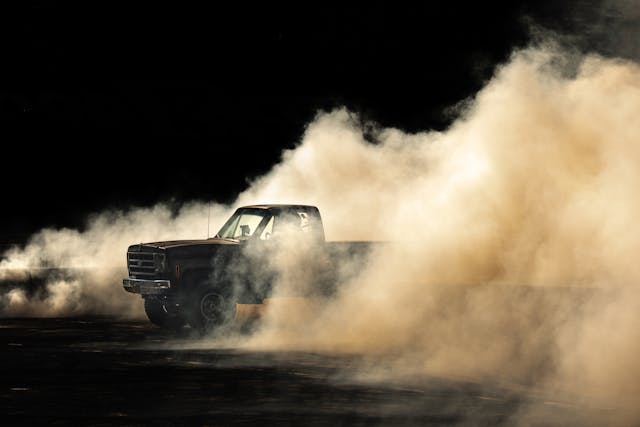
We have the technology. Why not use it? I always run my images through editing software. Lightroom Classic is my go-to. Lighter applications such as Snapseed work quite well in a pinch.
Familiarizing yourself with editing photos will allow you to accentuate, downplay, or repair certain elements in your photo. I can’t tell you the number of times I “saved” a nearly unusable photo in Lightroom. Also, YouTube has numerous tutorials on the tools inside editing software. Be careful of getting too heavy-handed in your edits. Tools like “clarity” and “saturation” should be used in moderation. Then again, go wild; let that freak flag fly.
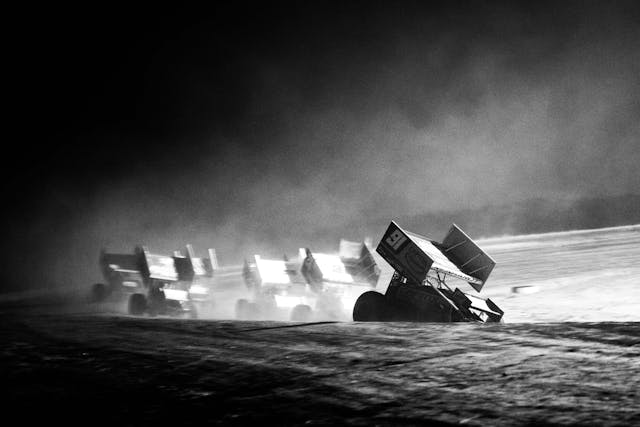
In 2022, I sought to improve my black-and-white shots, specifically by forcing myself to maximize the filter’s effect. Think of monochrome filters as an opportunity to reduce the clutter of color in your photo so that the viewer can focus on a form, light, or texture.
Do any of these tactics sound appealing? Do you have any photography techniques on your to-do list? Let me know in the comments below.
Check out the Hagerty Media homepage so you don’t miss a single story, or better yet, bookmark it.
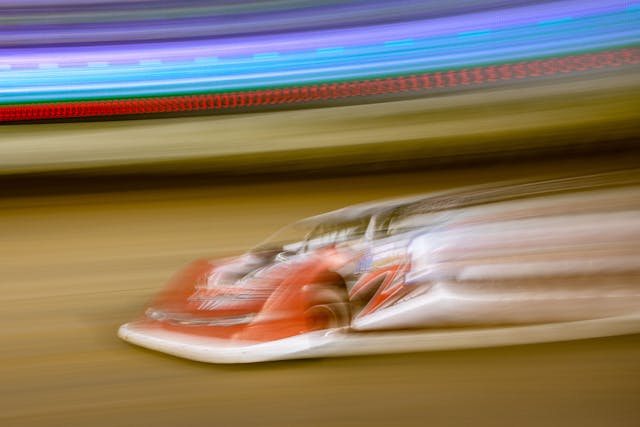


I like what is produced by these effects. Very cool.
I did this professionally for dozens of years. ‘Still do, occasionally. What I am tired of seeing, as an avid reader and occasional writer/photographer for several automotive and aviation publications, is underexposed images. Dark is OK on occasion, and often effective. But more than a couple of images, if not an entire magazine (R&you know who you are) is just silly. I guess it is my work as a scientific photographer that makes me prefer detail. I also have an art school education, so bent light works for me too, but dark??? Enough already with the underexposure.
I like to slightly underexpose when shooting and increase it in editing.